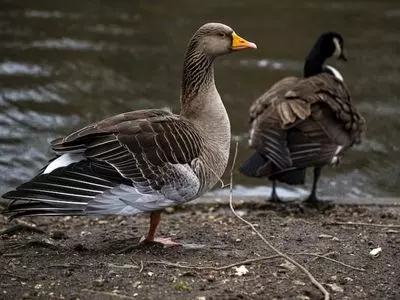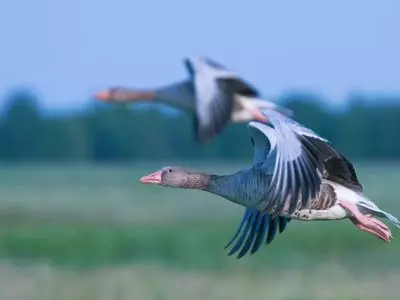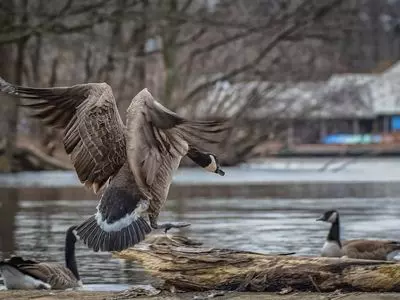No products in the cart.
Geese
Where Do Geese Go in the Winter? – Flying SOUTH
There’s something special about watching geese fly south for the winter. It’s a sign that colder weather is on its way, but where do these geese go and why do they migrate in the first place? In this blog post, we’ll explore where geese go in the winter and what causes them to migrate.
*This post may have affiliate links, which means I may receive commissions if you choose to purchase through links I provide (at no extra cost to you). As an Amazon Associate I earn from qualifying purchases. Please read my disclaimer for additional details.
Where Do Geese Go in the Winter?

What Happens When They Reach Their Destination
Once they arrive at their wintering grounds, geese will stay there until springtime. During this time, they will fatten up on food so that they have enough energy to make the return trip back north. When the weather starts to warm up and the days begin to get longer, geese will once again take to the skies and begin their journey back home. So next time you see a group of geese flying overhead, keep in mind that they may be on their way to somewhere very far away. Who knows, maybe one day you’ll even spot them on their winter vacation!How Do Geese Migrate?
Most people are familiar with the image of a V-shaped formation of geese flying south for the winter. But how do geese migrate? And why do they travel in such a distinctive formation? The answer to these questions lies in the unique physiology of geese and their adaptations for long-distance flight. Geese are capable of flying for long periods of time because they have a special type of feather which helps to minimize wind resistance. Additionally, their wings are curved in such a way that they can take advantage of rising air currents, known as thermals, to help them stay in the air. Here’s a video explaining more about why geese fly in a V-shaped pattern: As for the V-shaped formation, this provides several advantages.- It allows each goose to benefit from the aerodynamic draft created by the bird in front of it.
- It helps the flock to stay together while migrating.
- It enables each bird to take turns leading the way so that no one individual gets too tired.
Where Do Geese Stop Along the Way?

What Stops Do They Make During Migration?
When night falls or conditions are unfavorable, they’ll look for a safe place to land and roost. This could be a marshy area with tall grasses for cover or a large lake where they can float on the water and keep watch for predators. Over the course of their journey, geese will make several stops to rest and feed. By carefully planning their route and taking advantage of favorable conditions, they can make the most efficient use of their time and energy. Read More: How Do Geese Sleep? Learn more about how geese catch some Zs in this guide.What Do Geese Eat During Winter?


